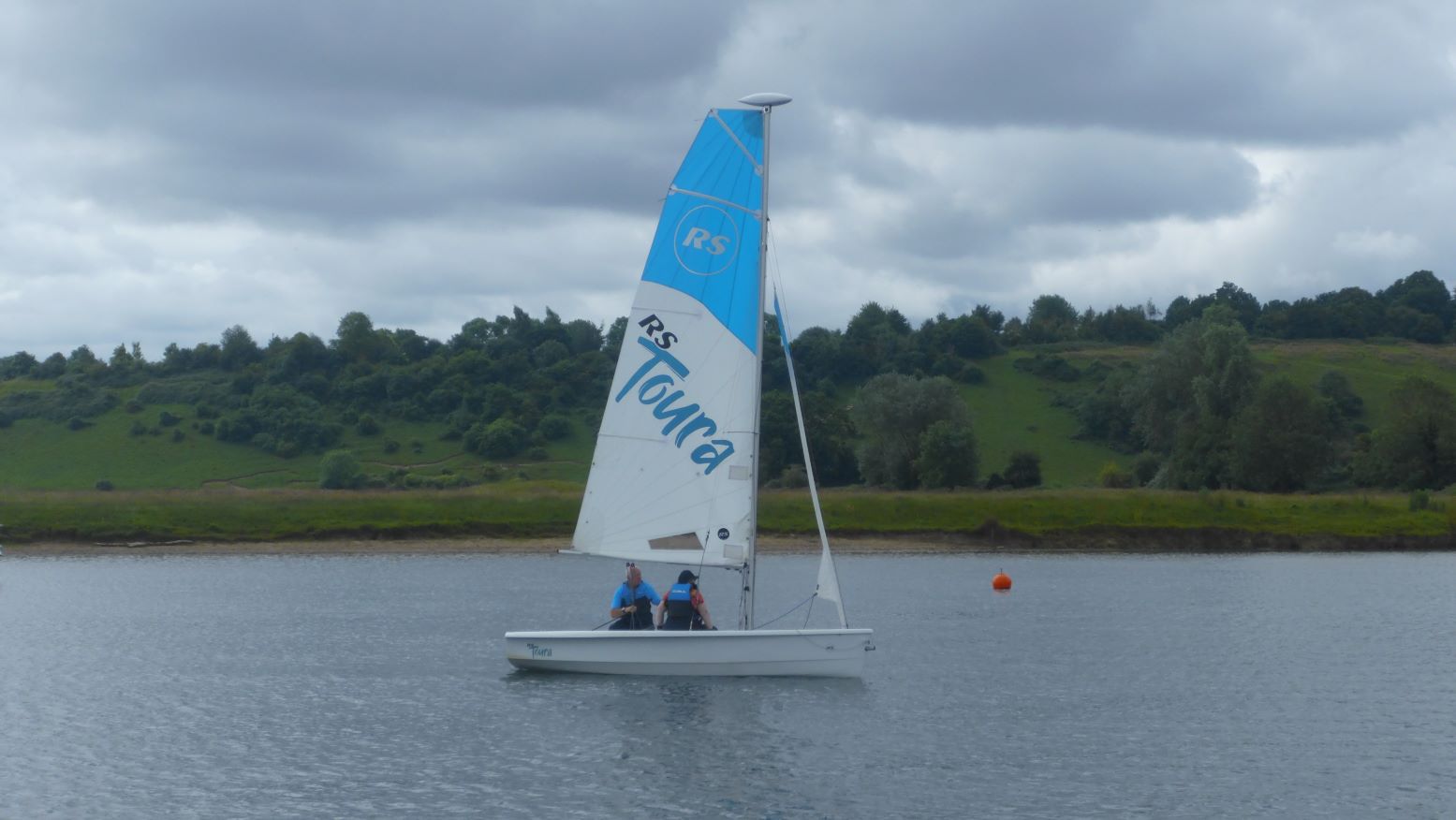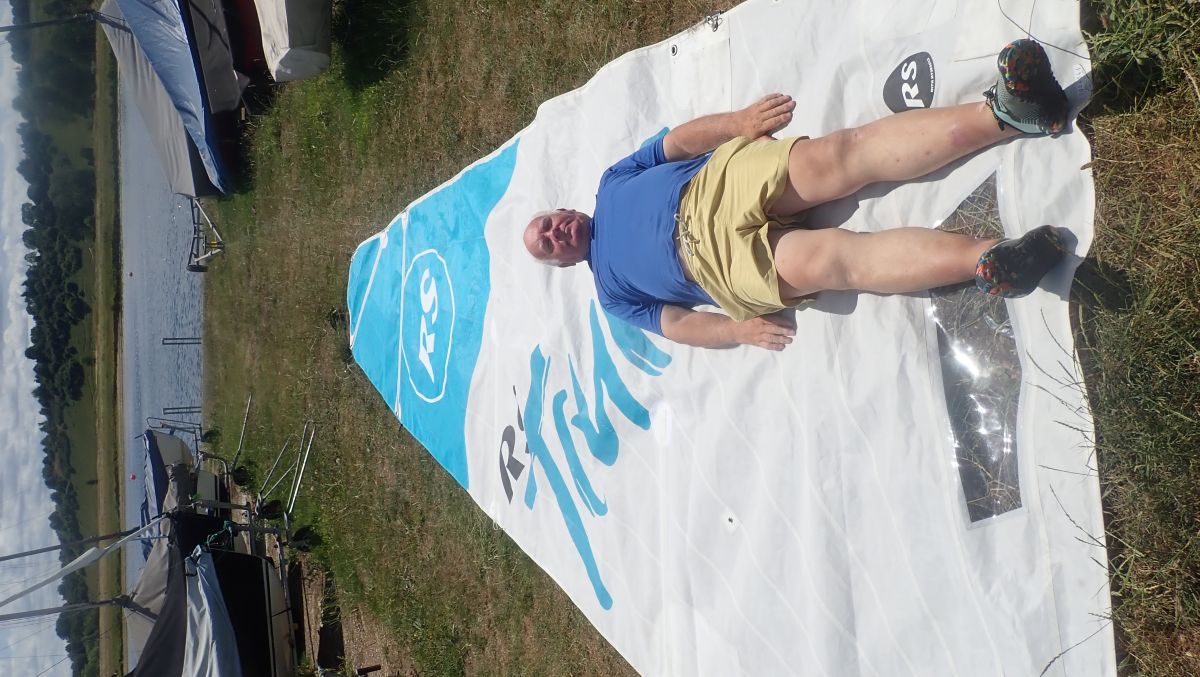Mainsail: The Primary Sail Attached to the Mast and Boom
Definition: The mainsail is the primary and usually the largest sail on a sailboat, attached to the mast and boom. It plays a critical role in propelling the boat and is central to the boat’s sail plan.
Understanding the Mainsail: In sailing, the mainsail is the most important sail for generating power and propulsion. It is attached along the mast’s length and extends aft (towards the back of the boat) to the boom, a horizontal spar that allows the sail to be controlled and trimmed. The mainsail is typically used in conjunction with other sails, such as the jib or genoa, to optimize performance and balance. The sail's shape, size, and trim are crucial in determining the boat’s speed and direction, making it essential for both cruising and racing.
Types of Mainsails:
Standard Mainsail: The most common type, found on most sailboats, typically has battens (horizontal stiffeners) to help maintain its shape.
Fully Battened Mainsail: Contains battens that run the full length of the sail, providing a more rigid shape and improving performance, especially in light winds.
In-Mast Furling Mainsail: A mainsail that can be rolled into the mast for easy reefing and stowage, commonly found on cruising boats.
Applications in Sailing:
Primary Propulsion: The mainsail is the main driver of the boat, converting wind power into forward motion.
Sail Trim and Balance: Proper trimming of the mainsail is essential for maintaining the boat’s balance and optimizing performance.
Sail Handling: The mainsail is used in all points of sail, from upwind to downwind, and requires skillful handling for tacking, gybing, and reefing.
Examples of Usage:
"Trim the mainsail to optimize our speed and reduce heeling."
"We’ll need to reef the mainsail as the wind picks up to maintain control."
"Raise the mainsail fully before we hoist the jib."
Visual Representation:
Image Description: Diagram of a sailboat with the mainsail highlighted, showing its attachment to the mast and boom.
Importance in Sailing: The mainsail is the heart of a sailboat's power system, making it essential for both propulsion and control. Mastering mainsail handling, including trimming, reefing, and gybing, is critical for effective sailing in various conditions.
Related Terms:
Boom: The horizontal spar that holds the foot of the mainsail and allows it to be controlled and trimmed.
Mast: The vertical pole that supports the sails, including the mainsail.
Jib: A triangular sail set forward of the mast, often used in conjunction with the mainsail.
Reefing: Reducing the sail area to adapt to stronger wind conditions.
Conclusion: The mainsail is the primary sail on a sailboat, crucial for propulsion, balance, and overall performance. Understanding how to properly trim, reef, and manage the mainsail is fundamental for any sailor, whether cruising or racing. Mastery of mainsail handling is key to optimizing a boat's performance and ensuring safe, efficient sailing.

